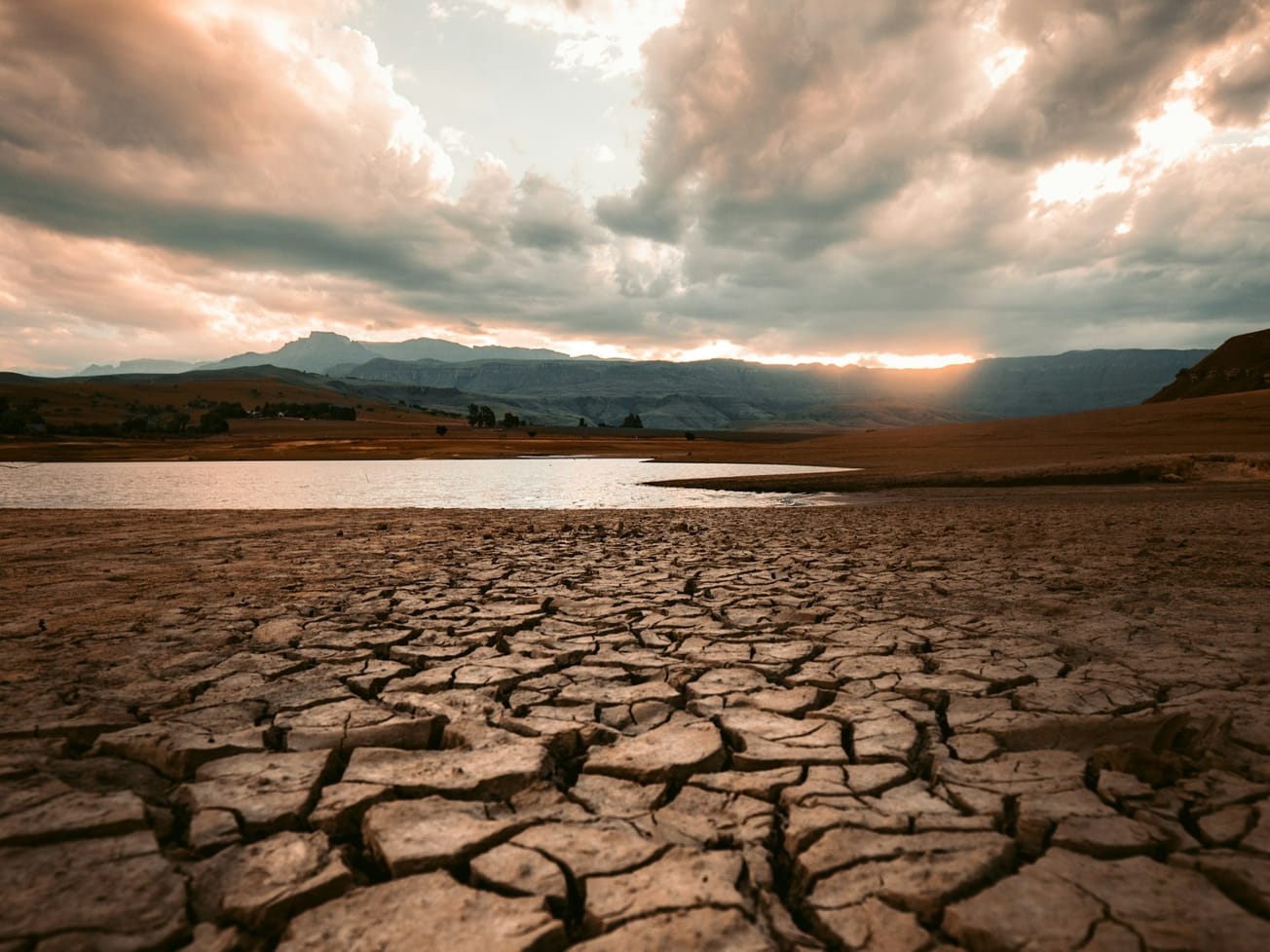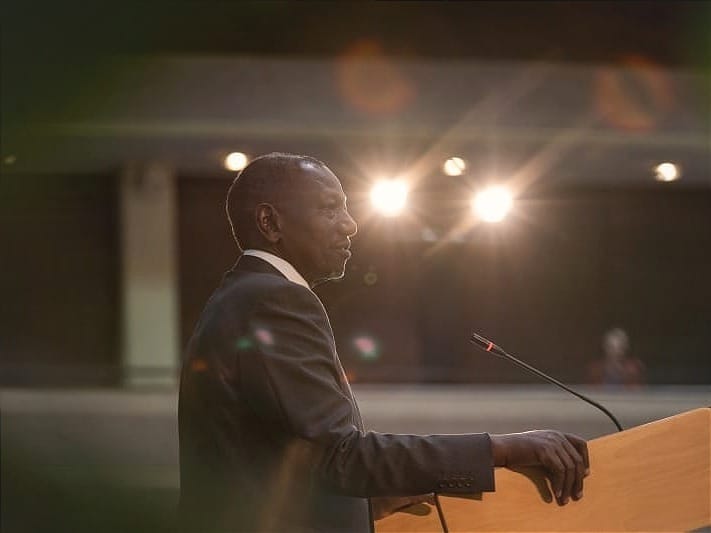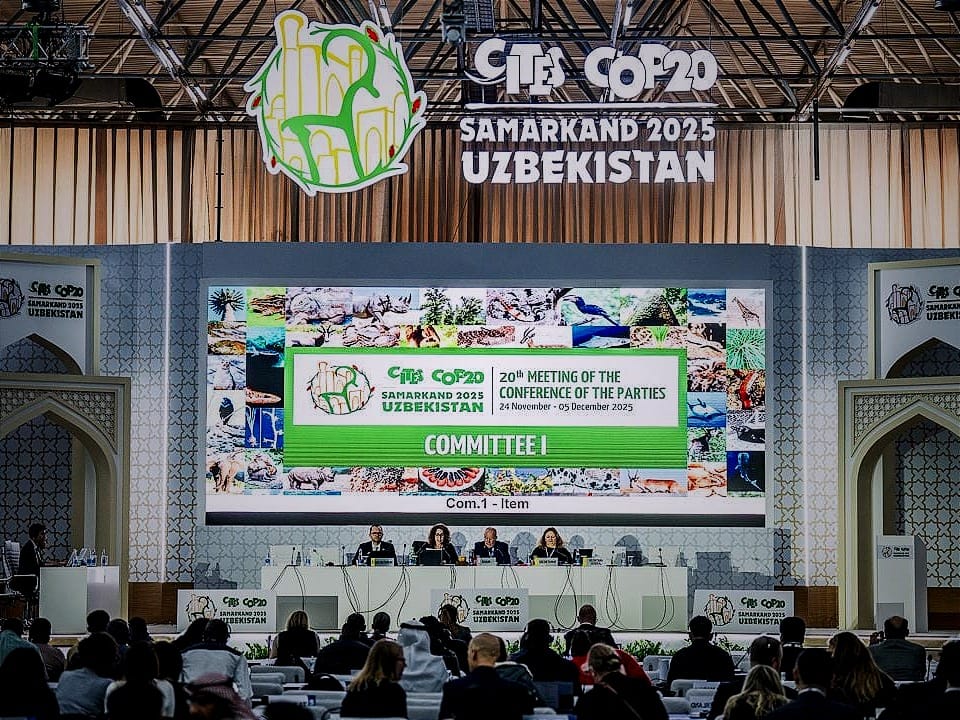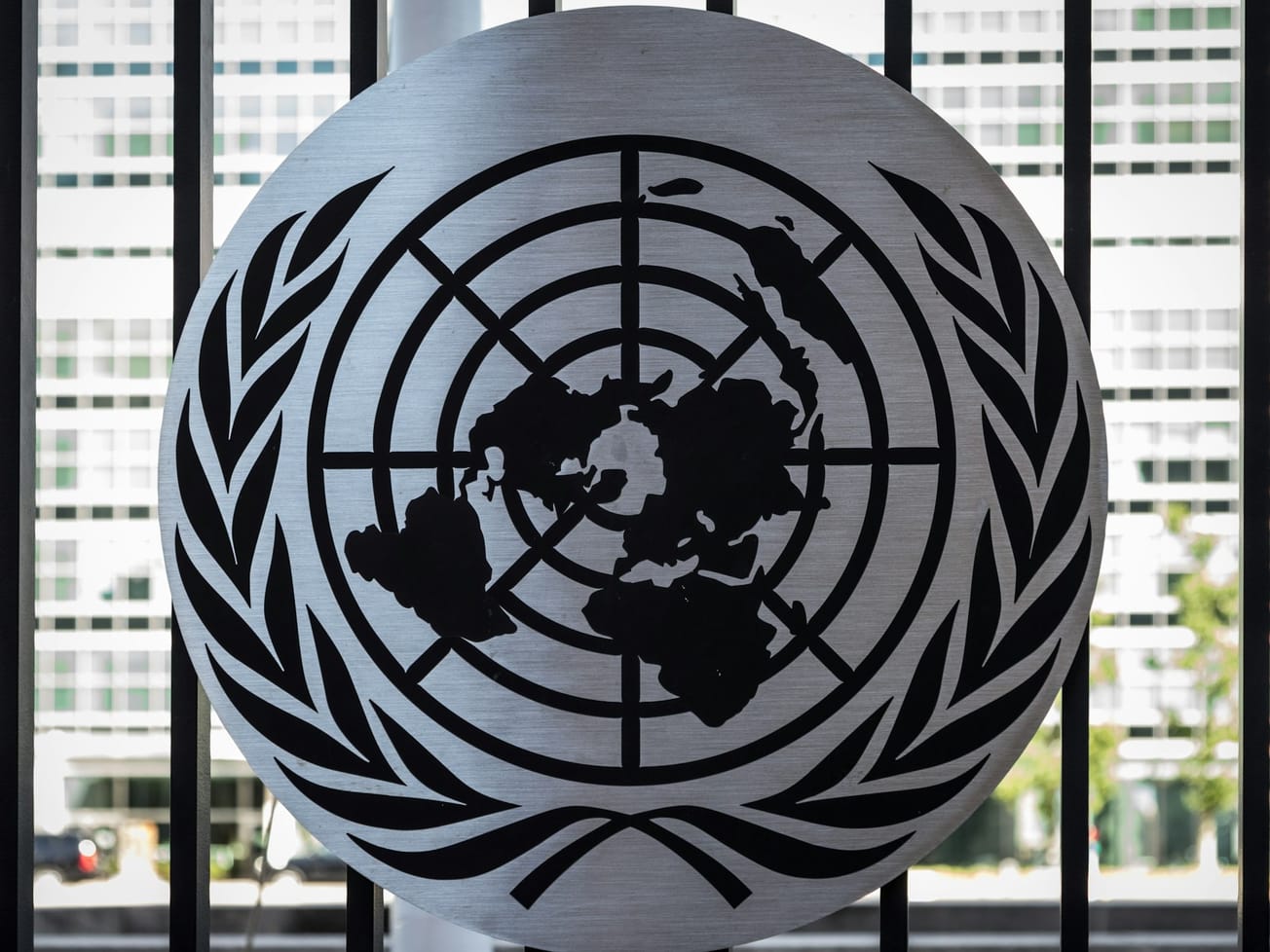GENEVA (AN) — A U.N.-backed report shows droughts inflict widespread damage globally, driven primarily by the escalating effects of human-caused climate change and amplifying influence of the 2023-2024 El Niño phenomenon.
"Fueled by climate change and relentless pressure on land and water resources, some of the most widespread and damaging drought events in recorded history have taken place since 2023," the World Meteorological Organization said on Monday, citing the report.








